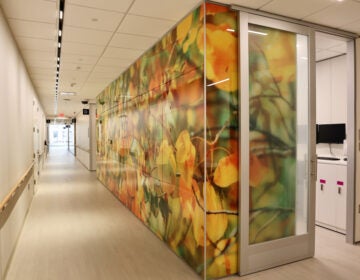Full House: Multigenerational Living and Health
Listen 53:20
(PCH.Vector/Big Stock)
One in five Americans live in a multigenerational household — that means at least two separate adult generations share the space. Think grandparents, parents, kids, maybe aunts and uncles … all living under the same roof. In recent years, the number of these households has been on the rise. Living this way saves money, makes childcare easier, and can create strong family bonds. But multigenerational housing can also have negative effects, especially when quarters are cramped. It has played a role in the spread of the coronavirus, made it difficult for some families to quarantine, and put elderly people at risk. On this episode of The Pulse, we explore how multigenerational housing impacts our health.
- Urban Institute sociologist Claudia Solari explains the health impacts of growing up in overcrowded housing, along with some possible solutions.
- We talk with Richard Fry, an economist and senior researcher at the Pew Center for Research, about the trend of multigenerational living and why more young adults are opting to live with their parents.
- Reporter Jad Sleiman tells two stories of families striving to give their loved ones a “good death” at home.
Segments from this episode
WHYY is your source for fact-based, in-depth journalism and information. As a nonprofit organization, we rely on financial support from readers like you. Please give today.






